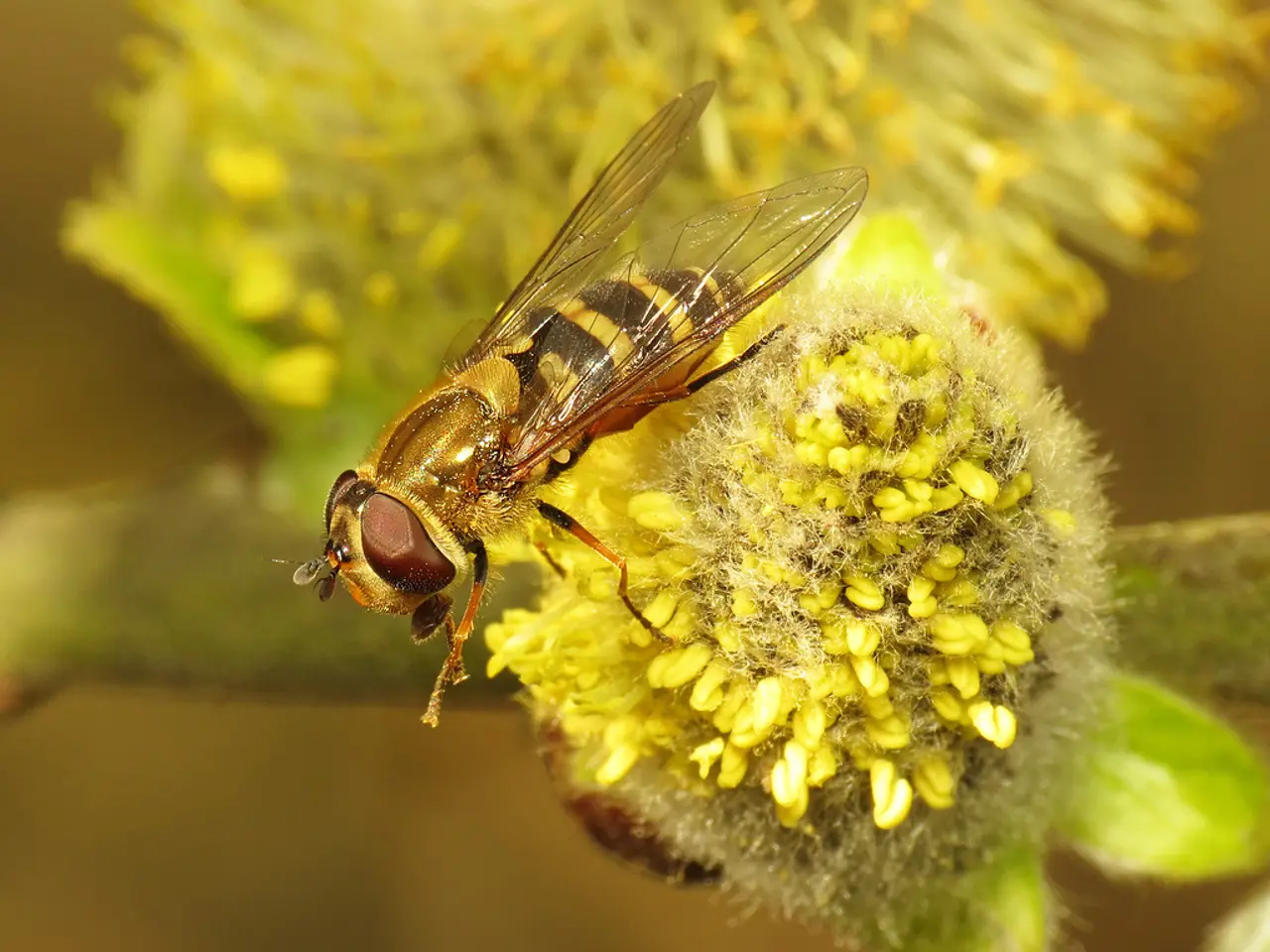Bee Venom's Double Edge: Harmful, Yet Promising for Vascular Disorders and Cancer
A study led by the Autonomous University of Barcelona (UAB) has revealed that bee venom, or apitoxin, can alter blood vessel function. While potentially harmful in some cases, it also shows promise for therapeutic use in certain vascular disorders and other diseases like cancer.
Apitoxin, primarily composed of melittin which makes up nearly half of the venom, is used by worker bees of Apis mellifera for defense. The study found that even small doses of apitoxin can cause blood vessels to dilate less, leading to vascular alterations in vulnerable individuals. This effect is due to increased oxidative stress and changes in nitric oxide, a molecule that regulates blood vessel dilation.
The research suggests that bee venom could have potential therapeutic benefits in certain conditions. It may help regulate nitric oxide levels, potentially aiding in the treatment of vascular disorders and even cancer. However, more studies are needed to confirm these possibilities. Despite its potential, apitoxin's toxicity can also cause allergic reactions in humans.
The UAB study highlights the dual nature of bee venom. While it can cause harm, it also shows promise for potential therapeutic use in certain conditions. Further research is necessary to confirm these possibilities and develop safe, effective applications.






